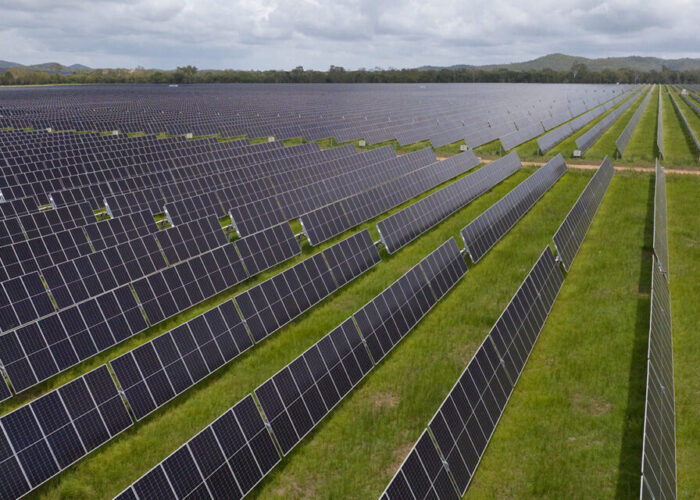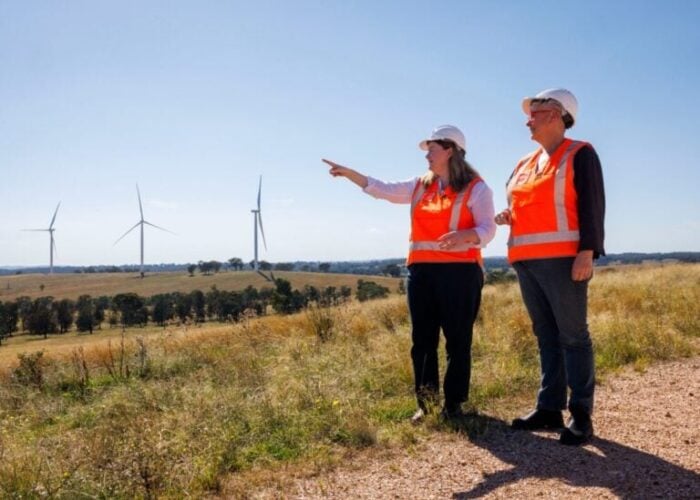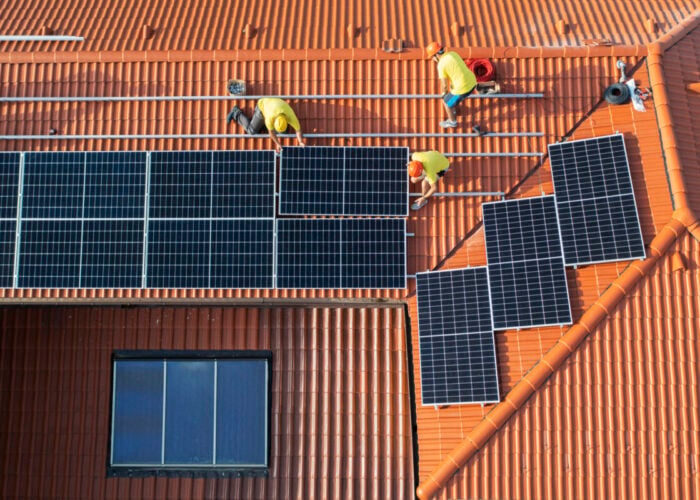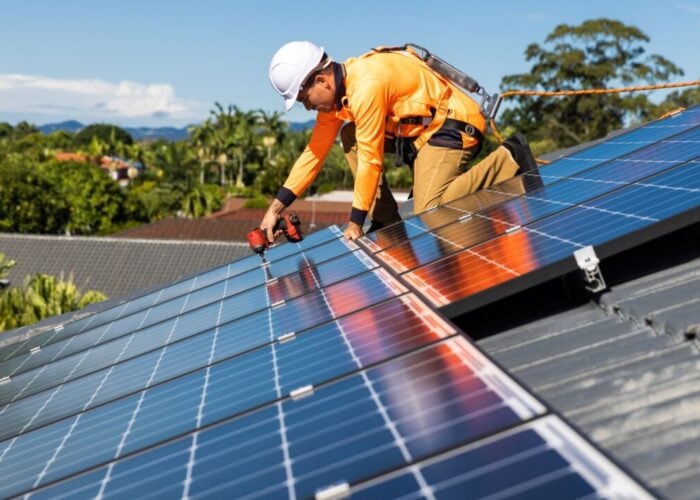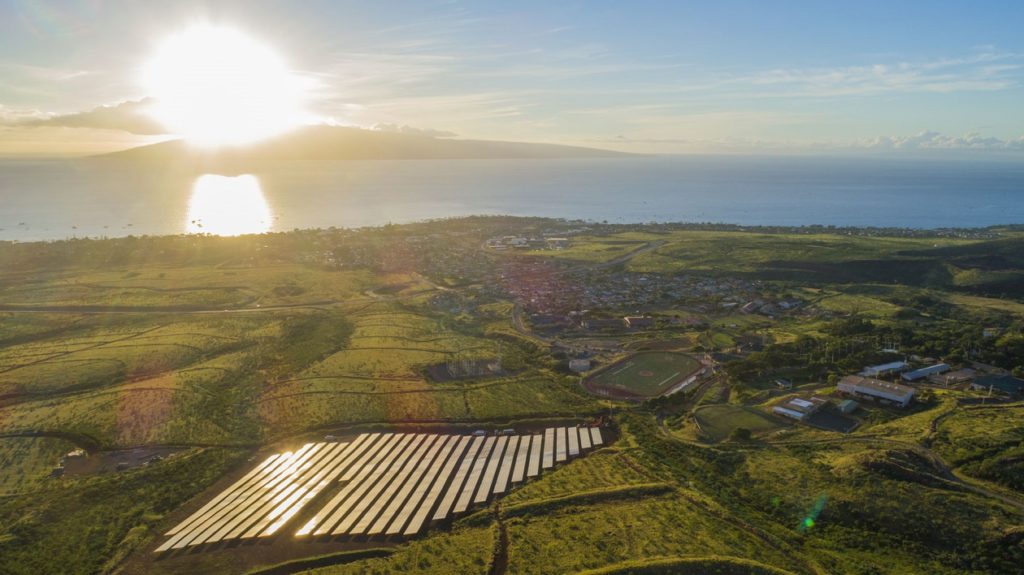
Utility Hawaiian Electric has finalised a plan to completely use renewable resources by 2045, including mid-term goals of adding renewables generation and rooftop solar by 2030.
In its Integrated Grid Plan: A pathway to a clean energy future, Hawaiian Electric planned to offer programmes to reduce barriers to private rooftop solar and shared solar projects for customers with low and moderate incomes.
Unlock unlimited access for 12 whole months of distinctive global analysis
Photovoltaics International is now included.
- Regular insight and analysis of the industry’s biggest developments
- In-depth interviews with the industry’s leading figures
- Unlimited digital access to the PV Tech Power journal catalogue
- Unlimited digital access to the Photovoltaics International journal catalogue
- Access to more than 1,000 technical papers
- Discounts on Solar Media’s portfolio of events, in-person and virtual
The company also outlined a goal of adding a total of 125,000 private rooftop solar and energy storage systems with a capacity of 1,186MW and 3,400 MWh of energy efficiency measures in households and businesses Oʻahu, Hawai’i Island, Maui, Lānaʻi and Moloka’i.
In a plan announced in 2021, Hawaiian Electric said it would reduce its carbon emissions from power generation by 70% by 2030, adding 50,000 rooftop solar systems and 1GW of renewables to the utility’s generation capacity. But the company increased its goal after gathering data and meeting with various stakeholders.
Moreover, Hawaiian Electric aimed to stabilise rates by adding large-scale renewable generation and energy storage. In the proposal, Hawaiian Electric will add more than 3.7GW of hybrid solar, energy storage and firm renewables by 2030, including up to 1.34GW from Stage 3 procurements issued earlier this year, for which Hawaiian Electric is currently evaluating bids. The additions could enable Hawaiian Electric to remove more than 540MW of fossil-fuel-based generation from daily operations by 2030.
The company said that successful implementation of the plan required enhanced energy policies, coordination of regulatory processes, robust community engagement and immediate action.
Hawaiian Electric’s senior vice president of planning and technology Colton Ching said: “Creating a resilient, clean energy grid has never been more urgent as the effects of climate change escalate, existing energy infrastructure ages and our timelines shrink.”
In addition to solar, Hawaiian Electric planned to add geothermal, renewable hydrogen, biomass/biofuels and ocean thermal energy conversion as potential solutions for firm generation, further strengthening its diverse portfolio of resources.
The company added that energy rates may rise in the near-term transition to clean energy, but it will be lower and less volatile than if the company continues to rely on fossil fuels for energy generation.
Ching added that the plan balanced a swift transition to renewable energy with maintaining reliable power, stabilising bills and advancing energy equity, as affordability and reliability were of top concern among customers.


